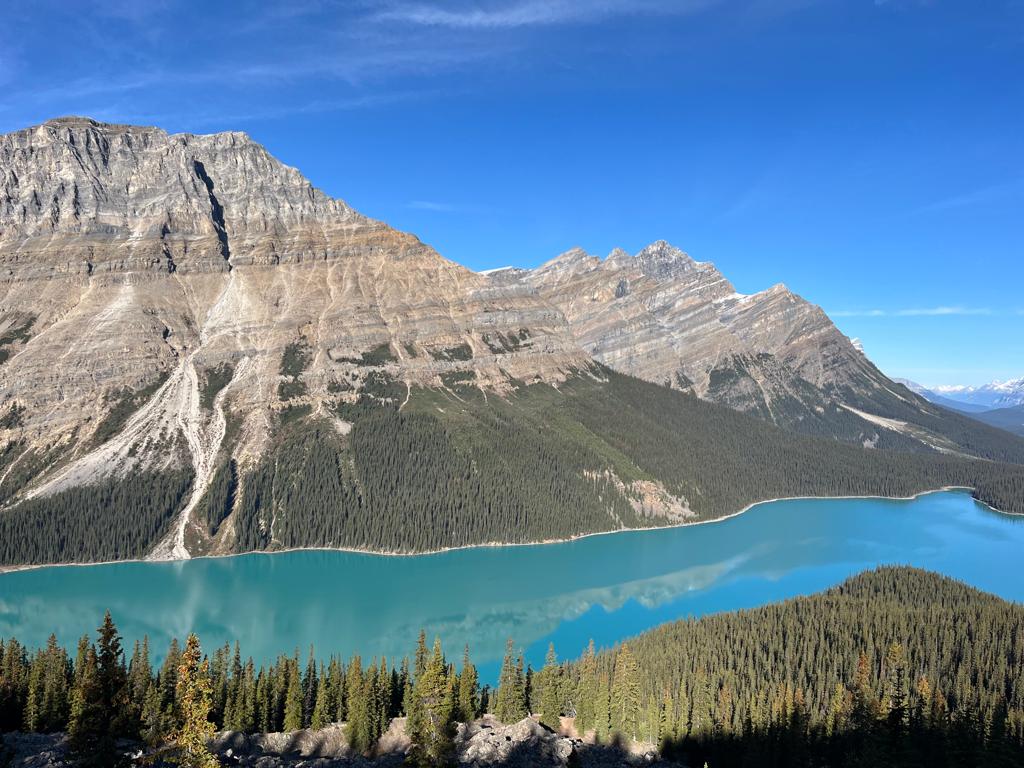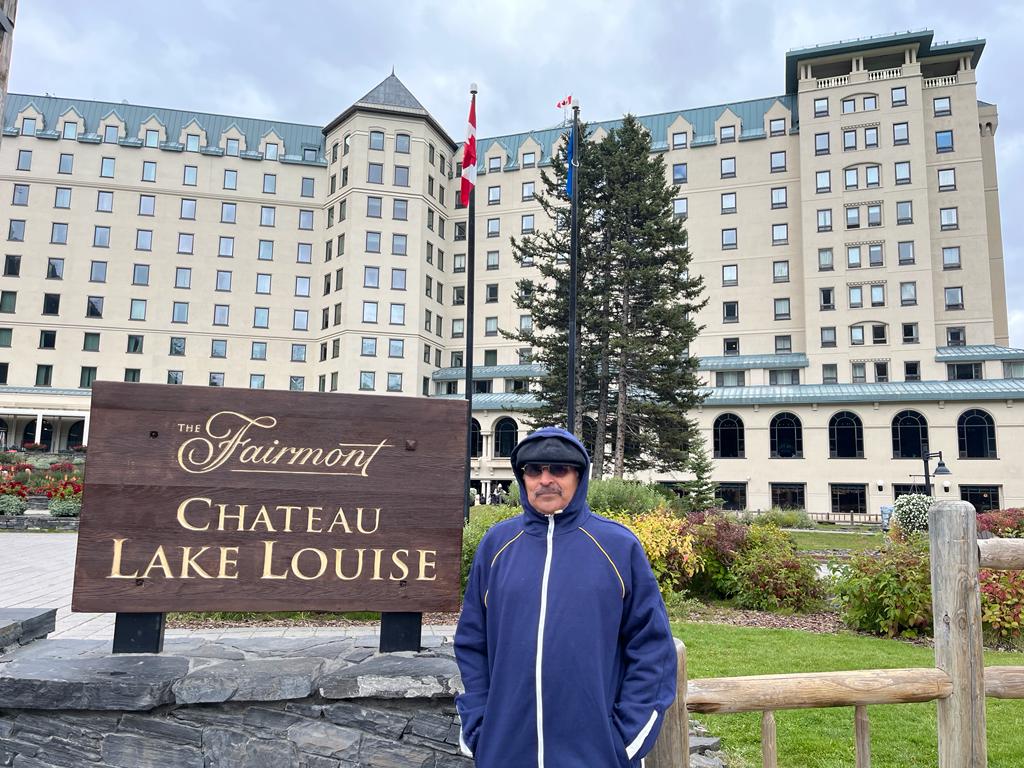A LONG-AWAITED SOJOURN TO THE LAKE-FILLED MOUNTAINS OF UTTARAKHAND
My life has been a roller coaster for the past six years.
The loss of my wife, son, and sister in quick succession was a test I was not
prepared for. In the event, I was faced with challenges to contribute as much
as I could to the society at large. On the upward journey, there were moments
of joy from time to time. That, we too can offer comfort to terminally ill
patients, by utilizing experience gained in matters of “tender love and care”;
came as a pleasant surprise.
My voluntary work with the Naik Foundation at Pune has been a source of inspiration for discoveries of nutraceuticals and Naturopathy for cancer patients. Ancient Indian medical documents if studied and correctly interpreted contain alternative therapies for lifestyle-related diseases of today. Cancer, the dreaded C, is treated as a cell disorder. Tata Memorial in Mumbai has been researching alternative therapies, and in particular, plant-based solutions bereft of chemicals and consequently free of side effects. Finally, naturopathy is on the threshold of being accepted as a possible and affordable cure for all segments of society.
However, amidst activities to reset and reprogram my life, the
urge to return to the mountains remained strong. This was further reinforced
when I visited the glaciers of British Columbia, in Canada last autumn. The
hills appeared to be beckoning me.
Dehradun after Delhi
Dehradun, now connected by direct flights from Pune became a destination for a colleague’s family wedding. Given the spectacular progress made in the highway projects in India, it is easier to transit from New Delhi to Doon in about six hours, thence to my favourite Mountain peaks interspersed with lakes in the Nainital -Kumaon belt. The idea of trekking was irresistible. More of it later.
The only reason I opted not to fly into Dehradun from Pune was my desire to see the changes on the highway connecting Delhi to Doon. Vande Bharat is decidedly the best option by rail. Having traveled widely by Vande Bharat and having experienced the joy of traveling in a modern state-of-the-art Indian-built train; it was time to observe rural India, its changing skyline, and the ever-increasing motor vehicles including tractors and three-wheelers. The new green field expressway which is nearly complete is expected to reduce the traveling time to 2 hours and thirty minutes as compared to the five hours presently. However, there is no gain without pain hence one has to endure the messy part of this connectivity at the entrance to Doon. Work in progress.
The guns vs butter debate of the yore has now been overtaken by development vs environment and climate change. The informal sector, entrepreneurial challenges, and SME/MSME segments have begun to leave an indelible mark even as one crisscrosses interlinked highways. Just observe the change in dress of the poorer segments in small rural towns.
I have vivid memories of abject poverty when I traveled through villages and small towns in the early 1950s/60s. One often saw villagers attired in worn-out clothes. That has now changed to jeans and t-shirts, reflective of income growth. Only rapid GDP growth would result in per capita GDP growth. If we remain on track and become the third largest economy, our per capita income should be closer to USD10000. Hopefully, instead of American food chains and attires, large outlets led by our own billionaires with affordable brands would meet the aspirational needs of our youth.
And now the wedding. Nearly two decades ago, the skipper of the only tall ship we possessed {since retired much after I did}- INS Tarangini, celebrated his son’s wedding. Having received an invite with memories of professional bonding well over eight months in advance, it was an unmissable event of much rejoicing and camaraderie. The occasion also facilitated a long overdue reunion with a senior veteran who mentored me in the early days of my career.
The Nainital Range
For the first time, I realized that all the major Lakes,i.e.
Sattal, Bhimtal, and Naukuchiatal are at a height of 4200 feet. Considering that
there are peaks and troughs all around, I am sure there must be a logical construct
to this nature’s mystery.
My old shipmate and colleague, Sunil David, planned the trek with great care while anchoring the trip at his lovely cottage at Sattal. The vertical climbs were negotiable but the steep slopes downhill took a toll on my knees and ankles. I did manage to meet my targets, even if it meant that to avoid a fall due to the dry leaves of oak trees, I needed to sit on my posterior and slide when required. The speed of the slide had to be controlled to protect the family jewels from being crushed en route!
This sojourn also allowed me to recall decades
of associations based on camaraderie and professional bonding. spanning three generations of Officers. My mentor on the threshold of 90, me
at 78, and the others a decade and a half behind me.
The return to Delhi airport in about six and a half hours and a flight back to Pune ended the well-coordinated visit to the Uttarakhand hills.
To sum up, it was exhilarating, eventful, at times galvanizing, humbling, and
edifying – in the presence of mountains and lakes and most of all the
stupendously colorful sunrises and sunsets and moonset too.
Thank you, Sunil, for meticulously planning my trek at your favourite home away from home. Au revoir.























